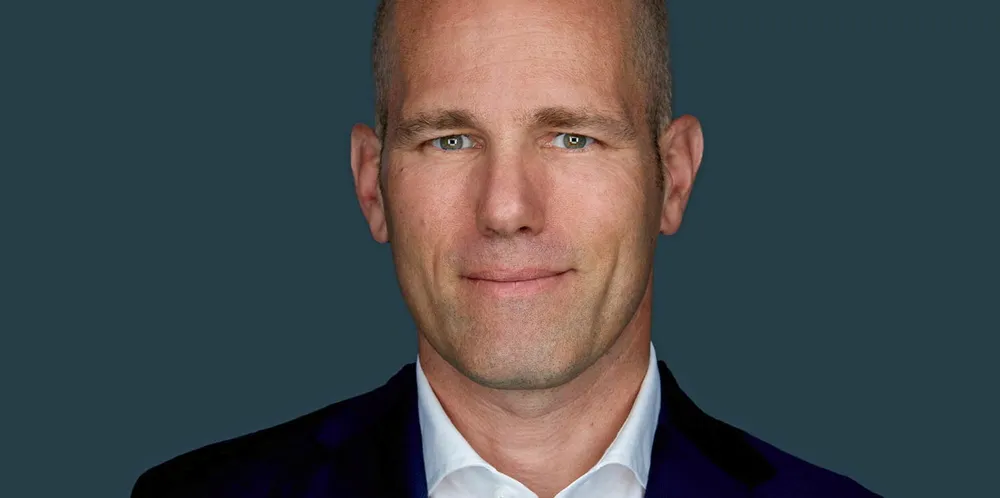'Europe must embrace "green digital" to disrupt and drive the energy transition'
Leading on green digital is a challenge requiring dramatic change. Government support has facilitated steady innovation to this point in Europe but now must be radically ramped up to drive the clean energy transition, says Thomas Leurent

We have been discussing the question of how this will accomplished at length at this year’s World Economic Forum (WEF) gathering in Davos, Switzerland. Here are some early insights.
One, Europe is in an excellent position to achieve its goal of becoming a green digital leader. Representing 9% of the world’s emissions, the EU’s role will be to inspire through action, demonstrating how the transition can be fast, secure, and economically prosperous.
With the EU as the world's largest single market, it has significant leverage to drive digital and energy transitions. The cooperative spirit among the individual states that has been evidenced in its ability to cope with the concurrent energy, climate and food crises that are currently gripping the planet – and most recently uniting quickly in the face of Russian aggression in Ukraine – bode well for success here
There is incentive for the continent too. Becoming a green digital leader through the European Green Deal will bring enormous benefits. A carbon-neutral Europe will mean cleaner air, more efficient buildings and low-emission energy. Harnessing the digital transition and aligning it with the energy transition will supercharge these efforts in the transition to net-zero.
“Deep decarbonisation is not possible without digital”: Zoe Yujnovich, Shell’s upstream director.
“There is no green without digital”: José María Álvarez-Pallete López, CEO of Telefónica.
These assertions underscore the argument that green transitions need to be interlinked with technological innovation to be fast and scalable.
This explosive growth is crying out for digital innovation. The possibilities are endless, with – for one example – the rapid advancements in digital twinning. Such technology can create a powerful innovation curve in the offshore wind industry by creating leaner, more efficient and innovative designs. The digital feedback loop provided by this technology allows for improvements to the design and operations of wind turbines, which in turn lead to lower costs, shorter timeframes to design and build wind capacity, and therefore increased renewable energy adoption.
Such acceleration in all renewables would allow Europe to move from a precarious position of dependence on Russian oil and gas to one of diverse, locally-produced renewable energy. Diversity of production, including a diversity of technology stacks, is also being raised as a significant concern by several European ministers in Davos.
Currently, Europe is wedded to state-driven incremental innovation, which has served it well. However, with rapid expansion of renewables needed, European companies must be encouraged to be imaginative and embrace regular strategic shifts in innovation curves to grow at a quicker pace.
Four, a shift in mindset will be mandatory. A change in mentality is fundamental if Europe is to become the green digital leader it strives to be. A culture of disruptive innovation must take hold. Europe must implement extra measures to accelerate the transition as this change happens.
Renewable energy companies must be encouraged to share data as much as possible to grow the industry. In the case of offshore wind, OEMs are often reluctant to share data due to the desire to protect intellectual property). While understandable, they could share data on system behaviour while protecting design data. This would allow the ecosystem to develop pioneering solutions, speeding up adoption.
Let’s be painfully plain: we are amid energy, food and cost of living crises that have squeezed the living standards of millions across the continent. European leaders are acutely aware of this.
Overall, Europe is in a good place with regards to the energy and digital transitions. The continent has the political will and the tools available to become a green digital leader. It knows where it wants to be and why it wants to get there. The technology required already exists, and the next steps vitally needed are a shift in mentality and the courage to embrace disruptive technologies vital in the transition to net-zero, at scale and pace. We can get on track for this future by working together and ensuring that all citizens are brought along in the transition.